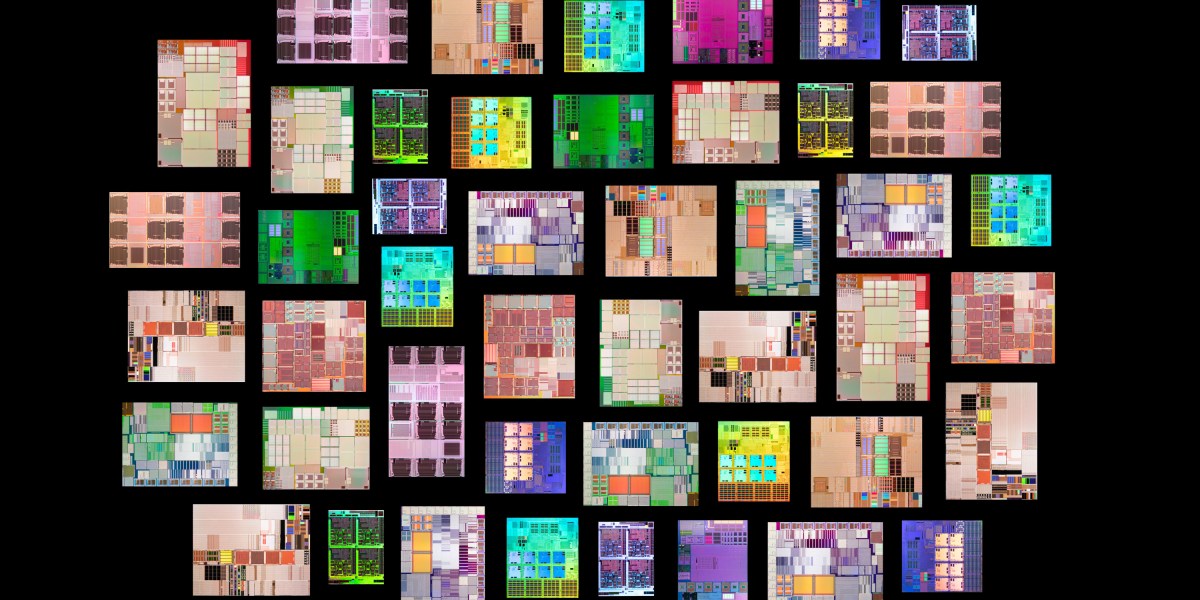KingOfPain
Site Champ
- Joined
- Nov 10, 2021
- Posts
- 741
I haven't read the article, but you've got your history mixed up a bit. Jay Miner and several friends left Atari to found Hi-Toro, which was later renamed Amiga. Miner was the principal designer of Atari's 8-bit computer chipset, and Amiga's chipset was essentially version 2.0.
Also, Tramiel did want to develop a 32-bit computer at Commodore. It was Irving Gould, a big Commodore shareholder, who thought the future was unimportant becasuse the present was so good, and managed to push Tramiel out.
Wow, I must have been really tired when I wrote this...
Of course I know that Jay Miner designed the Atari 800, and I even went to his Wikipedia entry to check that I had the correct designer.
I just checked the book On the Edge (2007, p. 396), which I probably read a decade ago:
Unfortunately, the naive Atari management thought they could design tomorrow‘s computers around today‘s expectations. They thought the $100 price tag on the 68000 was too much, and apparently could not conceive of a time in the future when the chip would cost less. The management was basking in their present success, unconcerned with the future of technology. It was obvious Miner could not be allowed to advance technology at Atari so he quit.
I can only guess my mind always associated the more general term management with Tramiel.
Thanks for the corrections, @mr_roboto.
But I still don‘t get the reference in the article, because Tramiel cannot be responsible for the demise of the Amiga, no matter what kind of manager he might have been.
Someone in the comment section of the article also wrote that management couldn‘t be the deciding factor, because Acorn, Atari, and Commodore all failed against the PC market.
Only the Mac held its niche (probably due to its heavy use in specialized markets), and ARM was in a totally different market altogether.


